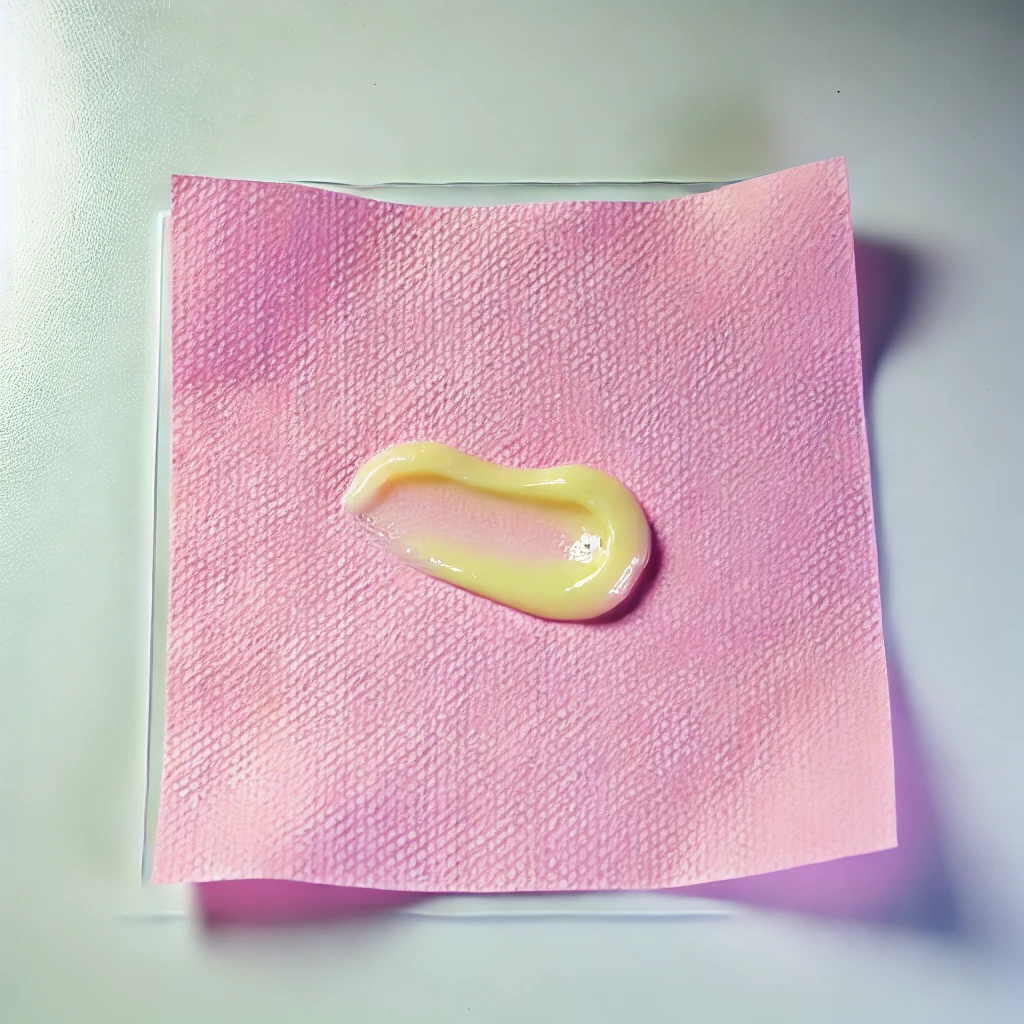Vaginal fluids are a normal part of women’s health, serving vital roles like cleaning, moisturizing, and protecting against infection. However, during different stages of life, many women notice changes in their vaginal health and secretions, leading to new or more prominent stains on panties. These changes are usually normal but can sometimes signal health concerns. Here’s an overview of why pantie stains happen, how they might change with menopause, and ways to stay comfortable while prioritizing vaginal health.
Why Do Pantie Stains Occur?
Most vaginal secretions are a healthy mix of fluids like cervical mucus and dead cells from the vaginal lining. Discharge often changes throughout the menstrual cycle, with shifts in color, odor, and consistency due to hormones. Oxidation—when fluid is exposed to air—can turn it yellowish or brownish, which often shows up as stains.
Sweat, residual menstrual blood, and even small traces of urine can also contribute to pantie stains. Although most stains are normal, noticing changes in secretions color, texture, or odor is common during menopause and can indicate shifts in vaginal health.
How Menopause Affects Vaginal Secretion
During menopause, usually between ages 45 and 55, estrogen levels drop significantly, bringing several changes to vaginal health. Lower estrogen can lead to vaginal dryness, increased pH, and a thinner vaginal lining. These changes make pantie stains more noticeable and can alter secretion color or consistency. Some specific changes include:
- Vaginal Dryness: Lower estrogen means less natural lubrication, which can cause dryness, irritation, and sometimes light bleeding or spotting after physical activity or sex, leading to pink or brown stains.
- pH Imbalance: Estrogen helps maintain an acidic pH in the vagina, which supports beneficial bacteria. Without it, pH becomes more alkaline, increasing the risk of infection and changing discharge color or texture.
- Vaginal Atrophy: Estrogen helps maintain vaginal tissue thickness and elasticity. As levels drop, the tissue thins and becomes fragile, often leading to slight tears or abrasions, causing spotting and staining.
Types of Stains and Possible Meanings
Knowing different types of stains can provide some clarity:
- Yellowish Stains: Caused by normal secretion oxidation, more common with vaginal dryness.
- Pink or Brown Stains: Light bleeding due to dryness or slight tears in fragile vaginal tissue.
- Thick White Stains: May indicate a yeast infection, which is slightly more common during menopause.
If stains come with pain, strong odor, or itching, it’s best to consult a healthcare provider to rule out infections or other concerns.
Managing Pantie Stains and Vaginal Health
Menopause is a time of change, and several lifestyle adjustments can help you manage vaginal health:
- Use Panty Liners
Light, breathable panty liners can protect underwear and provide freshness. - pH-Balanced Hygiene Products
Mild, fragrance-free products can help maintain natural pH balance without irritation. - Hydrate and Eat a Balanced Diet
Staying hydrated and including phytoestrogen-rich foods (like soy and flaxseed) may alleviate menopause symptoms. - Consider Moisturizers or Low-Dose Estrogen Therapy
Vaginal moisturizers or prescribed low-dose estrogen treatments can help with dryness. - Wear Breathable Fabrics
Cotton underwear reduces moisture, which helps prevent infections. - Routine Check-Ups
Regular gynecological visits are crucial during menopause for vaginal health support.
When to Seek Medical Advice
Most stains are normal, but some signs indicate a need for professional care, especially if you notice:
- Foul-smelling secretion
- Persistent, thick, clumpy secretion with itching (potential yeast infection)
- Yellow-green or gray discharge (potential bacterial infection)
- Post-menopausal spotting or bleeding
Experiencing different types of stains or fluids changes during menopause is entirely normal. With simple care steps, you can feel confident and maintain your comfort and health as you navigate this stage of life.
Medical Disclaimer:
This article is for informational purposes only and should not be taken as medical advice. Always consult with a healthcare provider before making any changes to your supplement or dietary routine.

